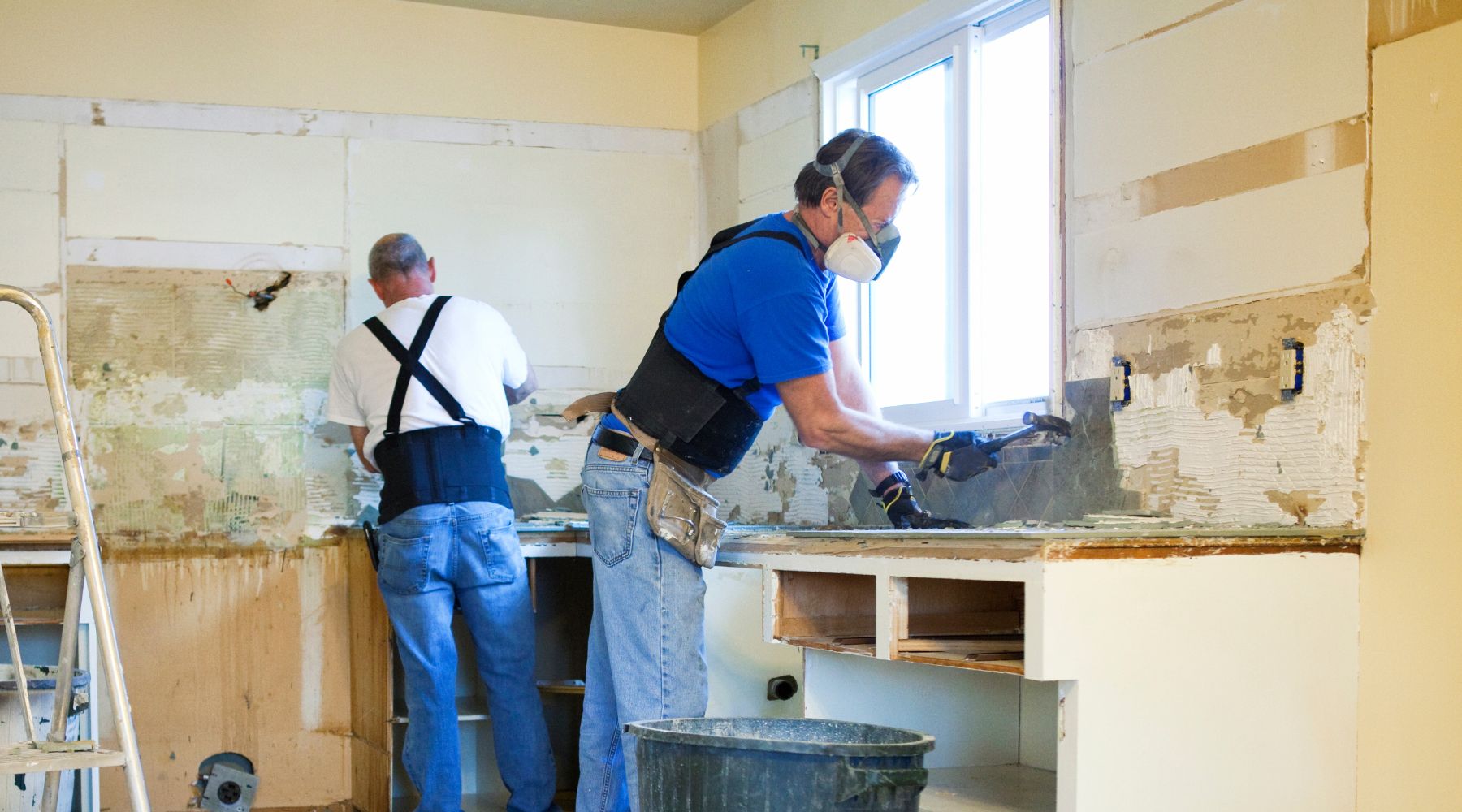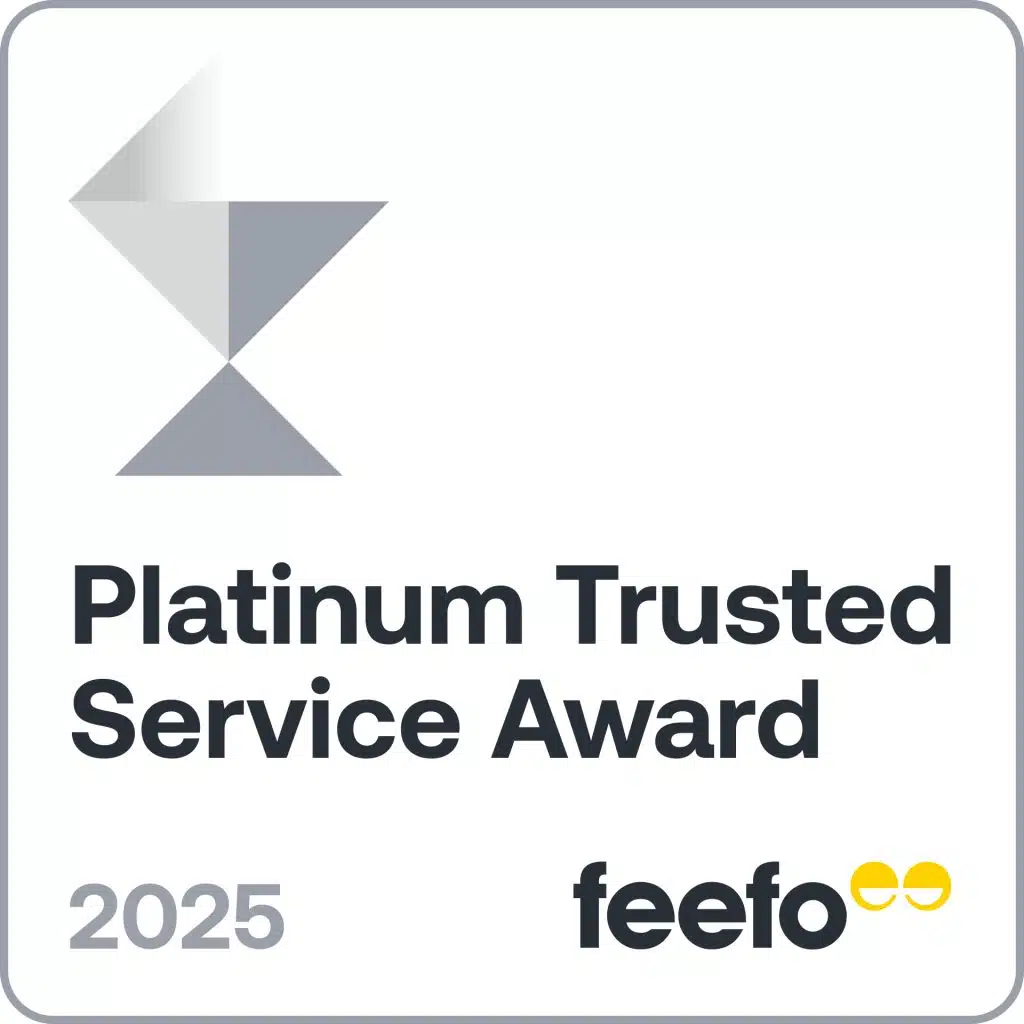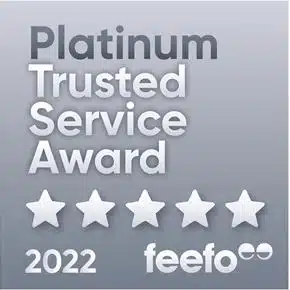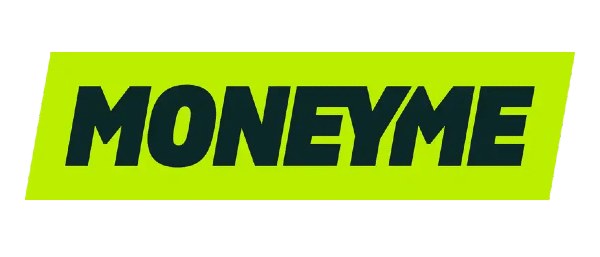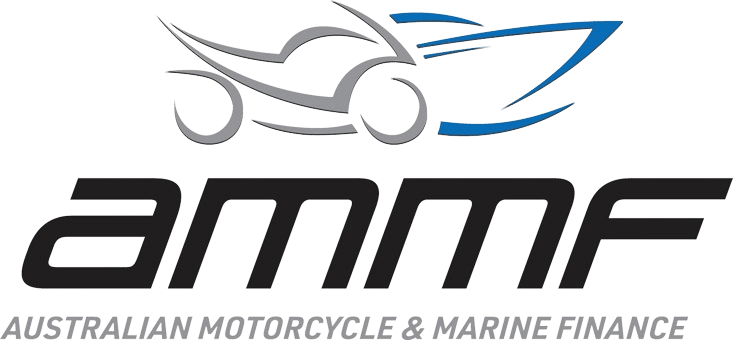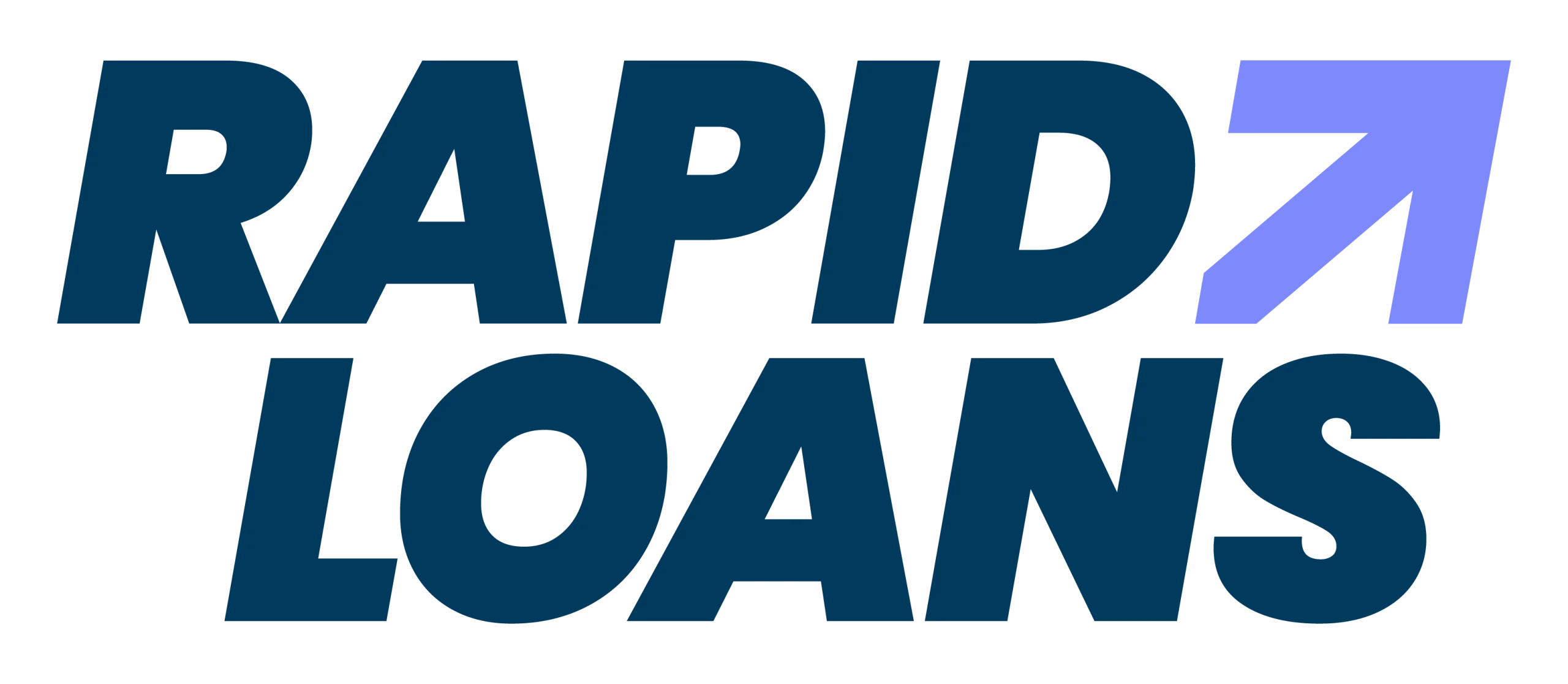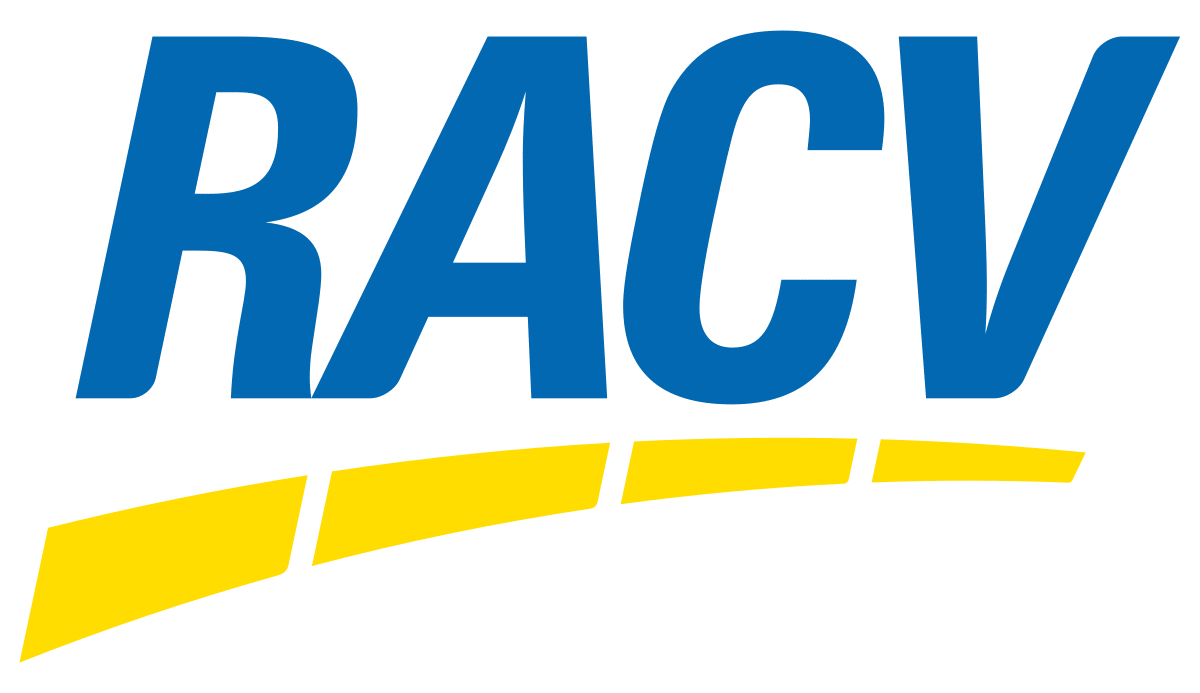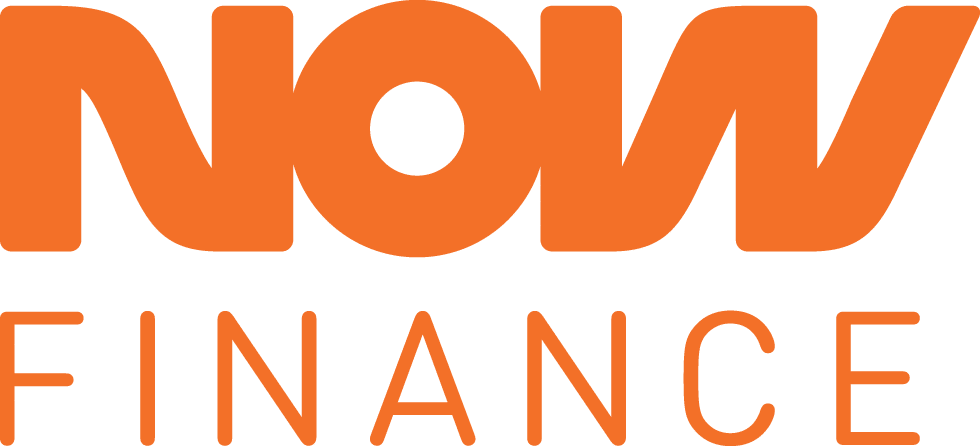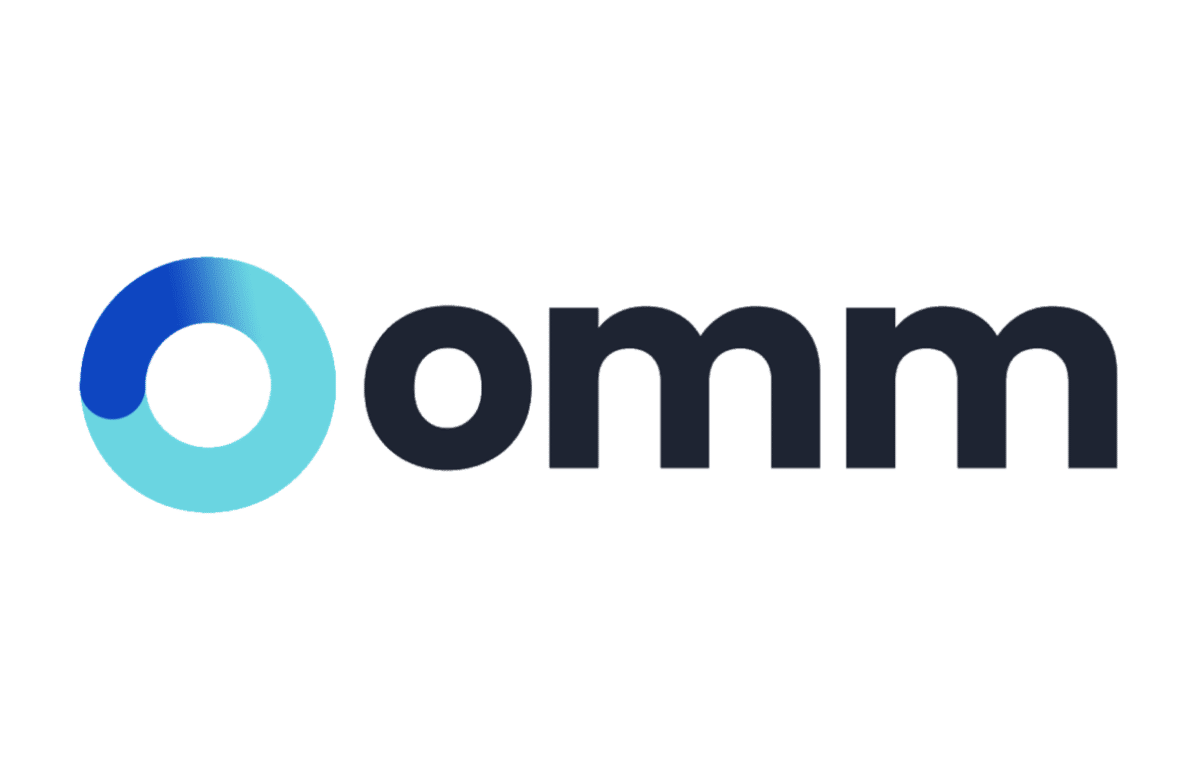Renovating your home is a great way to not only update your living space but also increase your property’s value. It’s among the most common reasons for taking out a personal loan, too, with 8.3% of all personal loan applications submitted through Savvy being for a home upgrade.
What is a home renovation loan?
A home renovation or home improvement loan is a personal loan that can be used to cover the cost of any improvement-related expenses around your home. Personal loans are designed to be flexible and can be used for a wide variety of purposes, which makes them a popular way to fund renovations.
Renovation loans come in two main forms: unsecured and secured. Unsecured loans tend to be easier to access and quicker to process, while secured loans (which use an asset like your car as collateral) come with a higher maximum borrowing power and lower interest rates.
What can I use my renovation loan for?
You can use your renovation loan for just about any home improvement expense you like, such as:
- Kitchen and bathroom remodelling
- Plumbing and electrical work
- Home repairs
- Building additional living space
- Adding windows or skylights
- Garden landscaping
- Installing a swimming pool
- Energy-efficient improvements such as solar panels
Because it’s a personal loan, you can also use your funds for non-renovation purposes, too, from consolidating existing debts to covering the cost of your next holiday.
How much can I borrow for my renovation loan?
The average renovation loan amount requested through Savvy was $41,478 in the 2024-25 financial year. However, the maximum amount available on an unsecured renovation loan can reach $50,000 to $75,000, depending on your lender. Some may extend this amount to as much as $100,000 with security included.
Whether you’re able to borrow that much will depend on factors specific to your profile, including:
- Your income and expenses
- Your employment and recent working history
- Your credit score and history
- Your record repaying similar loans in the past
- Whether you choose a secured or unsecured loan
- Whether you have any dependants
- Whether you have any outstanding debts and their size
- Whether you have any lines of credit open (such as a credit card)
How much will my renovation loan cost?
The cost of your renovation loan comes down to several key variables, all of which play a role in determining how much you’ll pay each month and overall. Let’s take a look at some of them and the impact they have:
The loan’s interest rate
This is the main factor that impacts your loan’s cost. Even differences of 0.50% p.a. to 1.00% p.a. can add up to hundreds of dollars over the life of your loan, if not more. You can see this in action for a $35,000, five-year personal loan in the table below:
| Loan amount | Interest rate | Monthly repayment | Total interest paid |
|---|---|---|---|
| $35,000 | 7.50% p.a. | $701 | $7,080 |
| $35,000 | 8.00% p.a. | $710 | $7,580 |
| $35,000 | 9.00% p.a. | $727 | $8,593 |
| $35,000 | 10.50% p.a. | $752 | $10,137 |
| Calculations are for illustrative purposes only. Interest rate may not be reflective of the rate you’re offered on your personal loan. | |||
The loan’s fees
Personal loans can also come with a range of fees, including a one-off establishment fee (up to $600) and ongoing monthly fees (up to $15). If you want to see how these will impact your loan, check your lender’s comparison rate, which incorporates both the loan’s interest and unconditional fees into a single figure.
The size of your loan
The more you’re borrowing to renovate your home, the more interest you’ll pay. That’s because interest is calculated based on your outstanding loan balance. For instance, you’ll pay just over $1,000 more in interest on a $35,000, five-year loan at 7.50% p.a. than on a $30,000 loan on the same terms.
How long you take to repay it
The same logic applies to the length of your loan term. Your interest goes up if you take longer to repay your debt. As an example, a $30,000 loan at 7.50% p.a. would set you back almost $1,300 more if you paid it over six years instead of five, but you’d reduce your bill by around $1,250 if you chose a four-year term instead.
Personal Loan Repayment Calculator
It’s important to have an idea of what your loan might cost you overall before you apply. Fortunately, Savvy’s personal loan calculator is simple to use and lets you know how much your repayments could be.
Your estimated repayments
$98.62
| Total interest paid: | Total amount to pay: |
| $1233.43 | $5,143.99 |
The pros and cons of renovation loans
Pros
-
Fast finance approvals
Applications can be turned around very quickly, sometimes as soon as within the same day that you apply.
-
Use it however you like
Because of the freedom you’re given in how you can use your loan funds, you can put them towards just about any project you like, whether big or small.
-
Flexibility in your repayments
Personal loans are usually very flexible when it comes to paying them off, including making free extra repayments and saving money by clearing your debt early.
Cons
-
High interest rates
Personal loans tend to come with higher rates than other loan types. This is especially the case with unsecured finance.
-
May not cover more costly renovations
Because of the strict lending cap on personal loans, they may not be a suitable option if you’re looking at renovations into the hundreds of thousands.
-
Expensive payments on top of your mortgage
If you’re already paying off your mortgage, taking out another loan will eat further into your budget by hundreds of dollars.
How to apply for a renovation loan with Savvy
-
Complete our form
Fill out details about yourself and the loan you’re after on our online form.
-
Send us your documents
We’ll need to verify your identity and income, so send through any necessary documentation.
-
Chat to your broker
Your broker will give you a call once you’ve done this and talk you through your options.
-
Have your application submitted
We’ll prepare everything and send it to your lender on your behalf.
-
Get approved and settle the loan
Once you’re approved, we’ll help settle the loan and the funds can be sent to you.
Why apply for a personal loan with Savvy?
Help from the experts
When you submit your application, one of our consultants will compare the best available options and walk you through the process.
Paperless applications
You don't need to worry about sifting through documents and visiting the post office, as they can all be submitted online.
Reputable lending partners
We've partnered with personal loan companies you can trust to ensure your comparison is a high-quality one.
What are my other home renovation loan options?
Of course, taking out a personal renovation loan isn’t your only option when it comes to home improvements. Here are some of the other options available to you:
Refinancing your home loan to access home equity
One way many people choose to cover larger expenses like renovations is by refinancing their home loan and topping it up with home equity. Equity is the difference between the value of your home and the amount you owe on your mortgage.
The benefits of doing this lie in its convenience and minor impact on your current mortgage payments. However, the big thing to consider is the overall cost. The following table shows the impact of adding the average $41,478 renovation loan to a $600,000, 25-year mortgage at 5.24% p.a.:
| Loan package | Total loan amount | Loan term | Interest rate | Monthly repayment | Total interest paid |
|---|---|---|---|---|---|
| Refinanced home loan | $641,478 | 25 years | 5.24% p.a. | $3,840 | $510,600 |
| Home loan and renovation loan | $600,000 + $41,478 | 25 years (inc. 5-year RL term) | 5.24% p.a. + 7.50% p.a. | $4,423 | $485,974 |
| Calculations are for illustrative purposes only. Interest rate may not be reflective of the rate you’re offered on your personal loan. | |||||
As you can see, tacking your renovations onto your home loan means you’d save close to $600 per month, but you’d end up forking out over $24,500 more across the life of the loan. You’ll also need to account for the fact that you can only borrow against your usable equity, which is 80% of the total.
- Minimal impact on your monthly budget
- Funds can be used however you like
- More expensive overall
- Could come with costly exit and establishment fees
Use your home loan redraw facility
Another way to access the funds you need is by taking them out of your home loan’s redraw facility. This is where your additional mortgage payments go throughout your term, with almost all home loans these days allowing you to withdraw them should you need to.
This means you won’t have to apply for another loan, which is a major bonus, but doing so will increase the interest you’ll have to pay. Additional payments also shorten your loan term, so taking that money back out is likely to extend your mortgage back to what it was originally.
- Avoid taking out another loan
- Doesn’t impact your monthly budget
- Increases the interest paid on your home loan
- Extends your home loan term
Use your savings
If you have the savings to cover your renovations, you might simply choose to pay for them in cash. Going down this route means you won’t need to pay any interest on the sum and can have the debt cleared immediately, rather than take years to pay it off.
There are two big things to note here, though. The first is that taking a big chunk out of your savings could have a major impact on your future financial or investment plans, as well as potentially eating into emergency funds. The second is that if your savings are sitting in a mortgage offset account, taking them out will increase the interest you pay on your home loan.
- No need to apply for a loan or request access to funds
- Pays for the cost immediately, rather than having it hang over your head
- Could have a major impact on investment and other financial planning
- Could increase home loan interest if taken out of an offset account
Take out a construction loan
For a bigger renovation project, a construction loan might be the best solution. These can come in handy if you’re planning a major extension, constructing an in-ground pool or even building a granny flat. It’s a different type of loan that releases funds at set milestones throughout the build.
If you don’t have access to the funds via home equity or savings and a personal loan won’t cut it, construction loans come with a higher maximum loan amount. It’s worth noting that the whole setup and process is a bit more complicated than a standard loan, though.
- Suitable for larger, more expensive renovations
- Can be added on top of your current home loan or, in some cases, replace it
- More complex finance process
- Funds can only be used for building purposes

